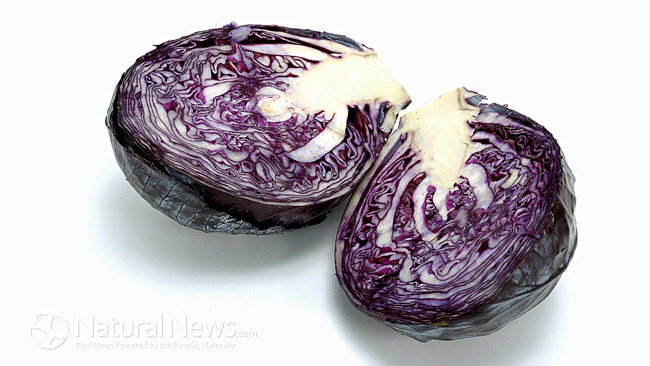We know we have to eat our vegetables, and we know which ones we like and we ones we avoid. Cabbage is often an overlooked vegetable most of us don’t even have on our lists. Even with all the shapes and colors cabbage comes in, including purple, white, red, and green, cabbage doesn’t have a “main” vegetable reputation. It is part of the Brussel sprout, broccoli, and radishes. The leaves can have a crinkled or smooth texture, and most well known dishes for cabbage are kimchi, coleslaw, and sauerkraut.
Cabbage is probably most well known for being super low in calories. Many diet fads over the years have advocated for eating cabbage to lose weight. The cabbage soup diet was once very popular. In one cup of cabbage there are only 22 calories. There are other nutrients including 56% of the Daily Value (DV) we need for Vitamin K and 36% of the DV for 36% of the DV for vitamin C. It also contains smaller DV amounts of magnesium, calcium, folate, manganese, and vitamin B6.
There are also antioxidants in fiber which do help protect the body from free radical damage and reduce inflammation. Inflammation can be a sign of various diseases, so less of its presence is a good way to protect from blood markers showing harm to the body. There are 2 grams of fiber in one cup. The insoluble fiber that cabbage has is really good for digestion in the gut. Insoluble fiber is that brings bulk to the stool to help it pass. It also has soluble fiber which adds good bacteria in the gut. Another benefit of soluble fiber is that is can0 help lower cholesterol because it helps flush out the bad LDL through better digestion. Phytosterols in cabbage also reduce LDL because*e it can block LDL from being absorbed in the digestive tract.
There are more reasons to eat cabbage. The potassium it contains can help lower blood pressure. This is because dietary potassium helps the body excrete excess sodium. The blood vessels will then relax, and blood pressures lowers. The vitamin C in cabbage helps our body absorb iron, produce collagen, and lower the risk of cancers. Eating cabbage compares to the vitamin C as if we were to eat an orange. The vitamin K in cabbage helps our blood to clot correctly. The anthocyanins in cabbage help protect against heart disease.
Cabbage is pretty easy to add to the diet. Salads, soups, and slaws are quick and easy to chop up any variety of cabbage to add to the ingredients. It can be cooked or raw. Given all the benefits of cabbage, it really should be an addition to our meals which we never even considered before. Doing this won’t hurt the waistline, in fact it may even help it. What we eat with cabbage would be the health factor. It’s all on the plus side for cabbage so next time you visit the super market, take a pick and try a little out with your next dish at home.
(PDF) Cabbage (researchgate.net)



